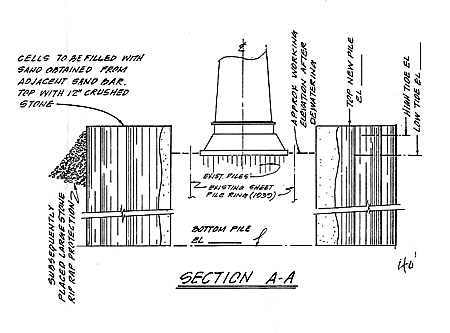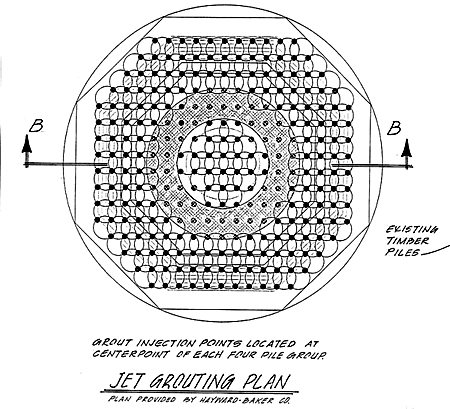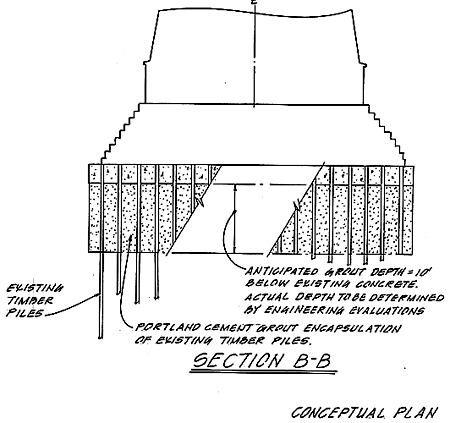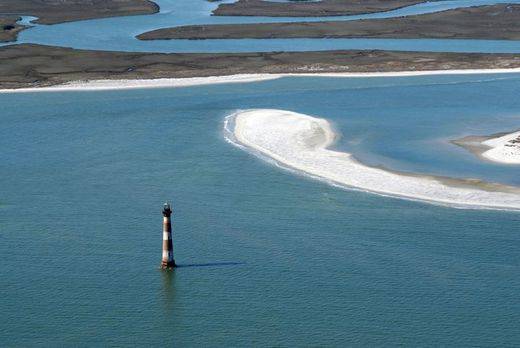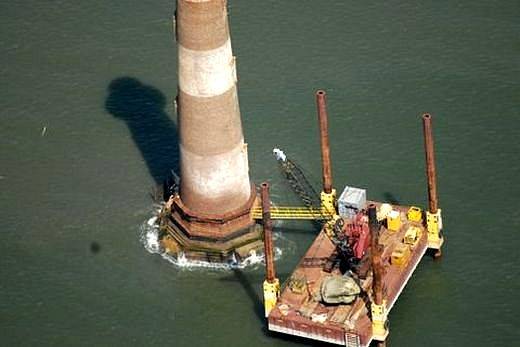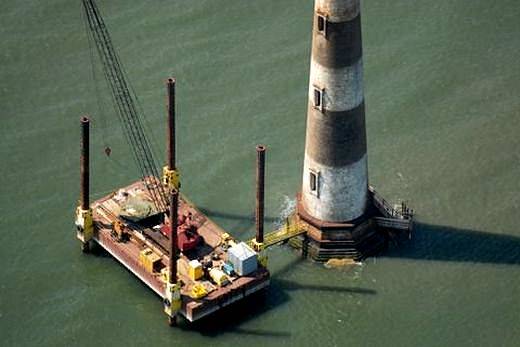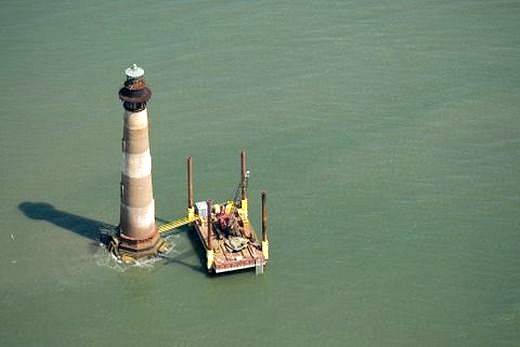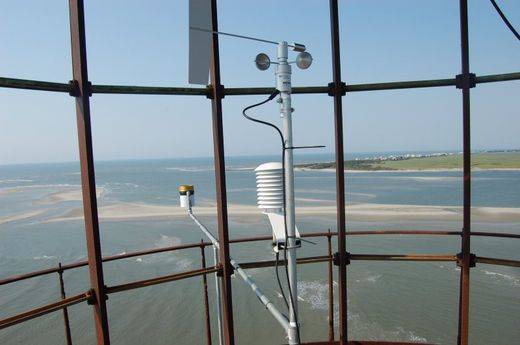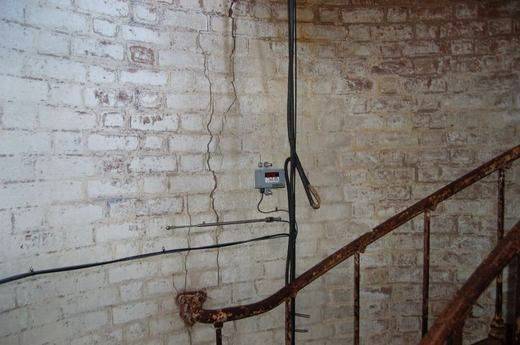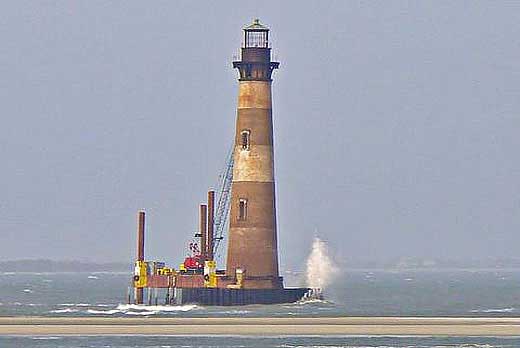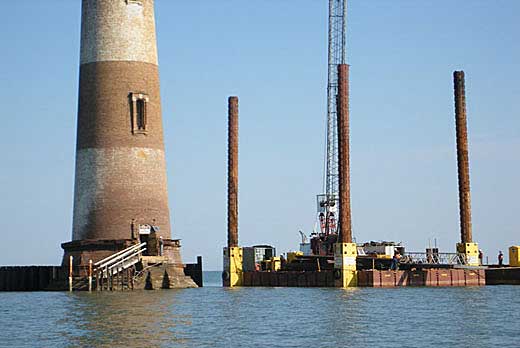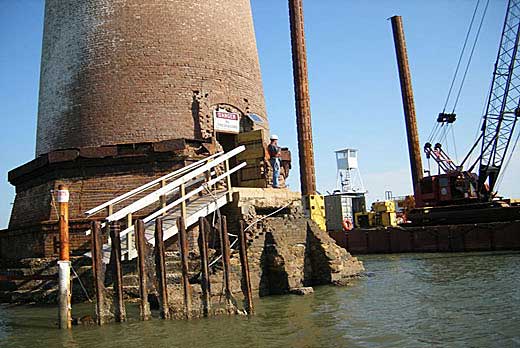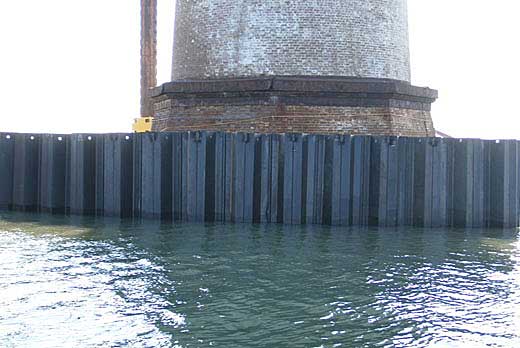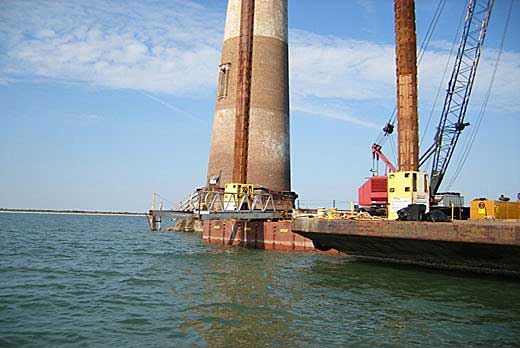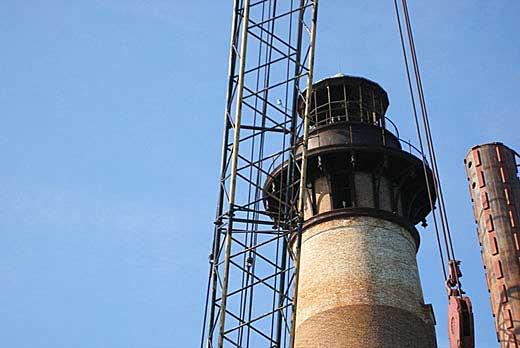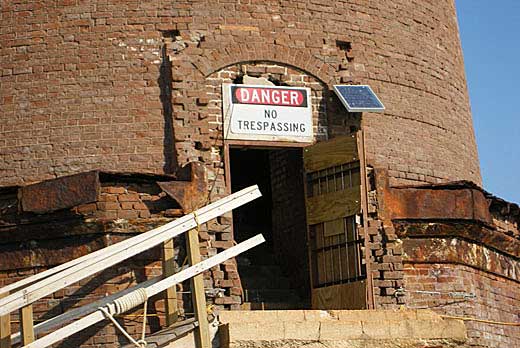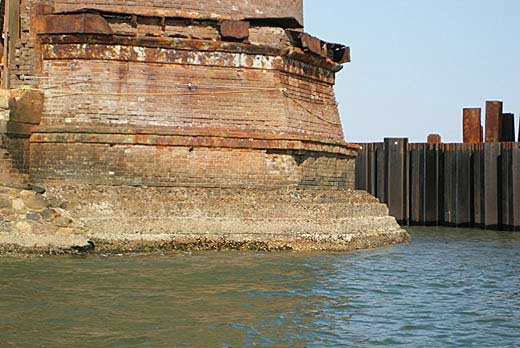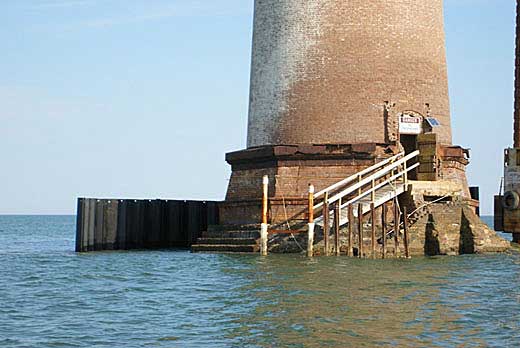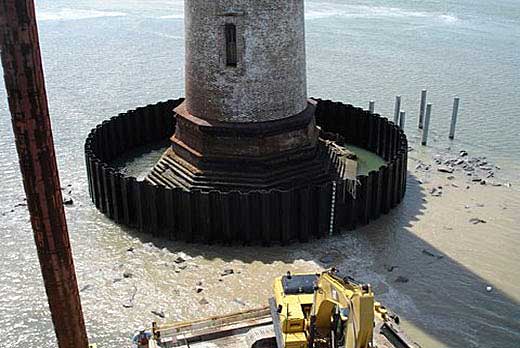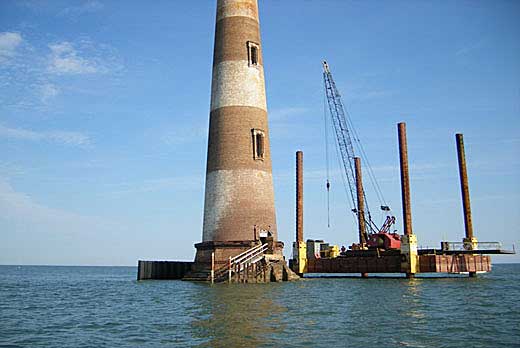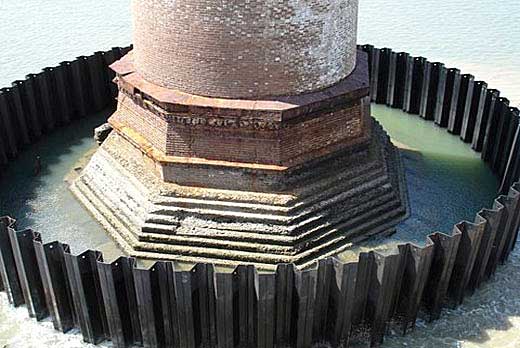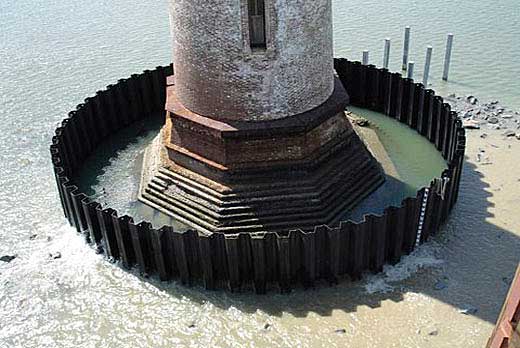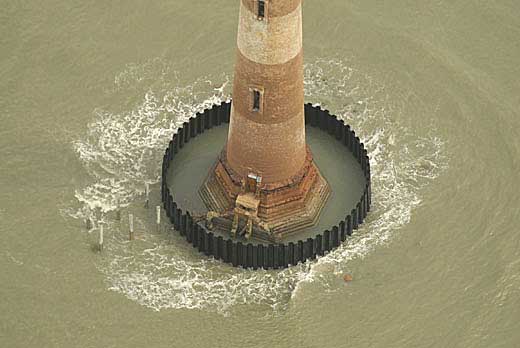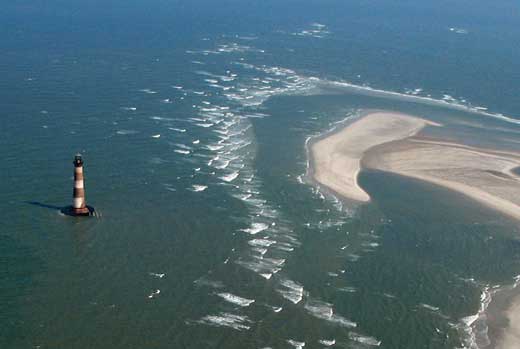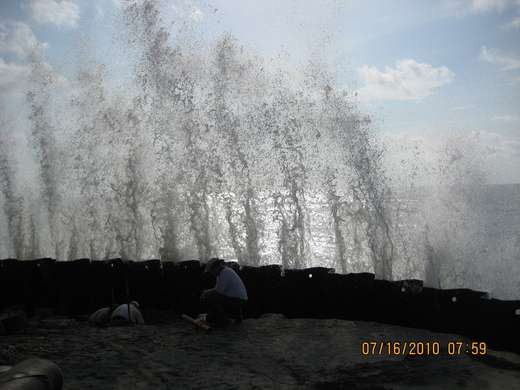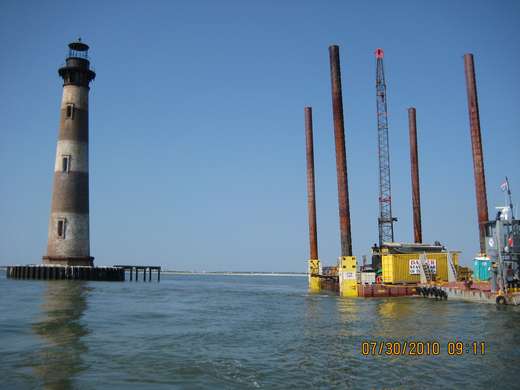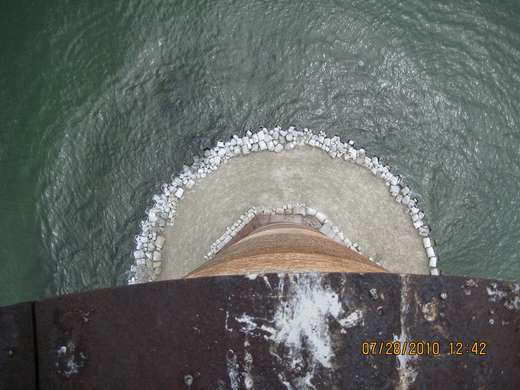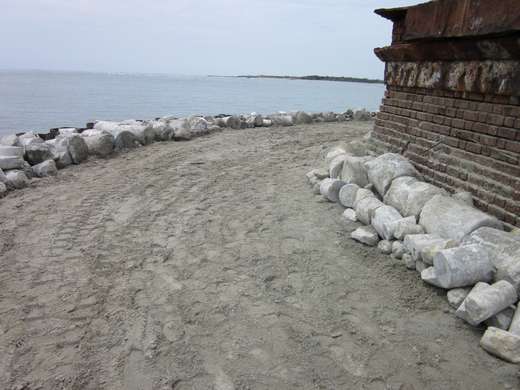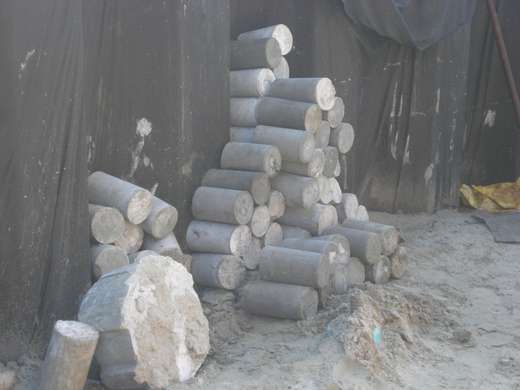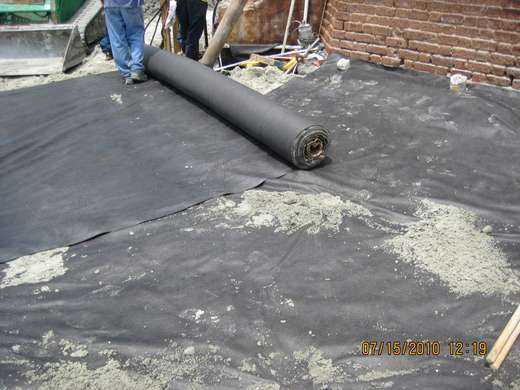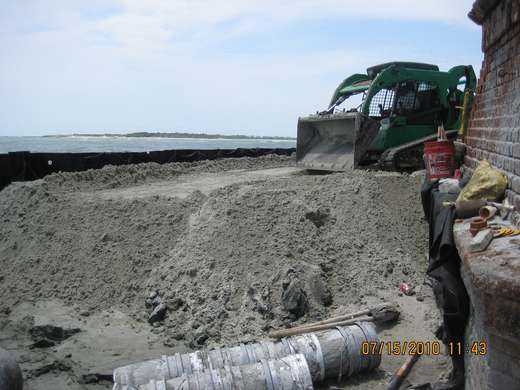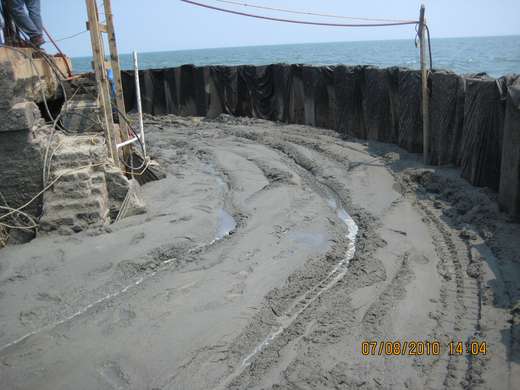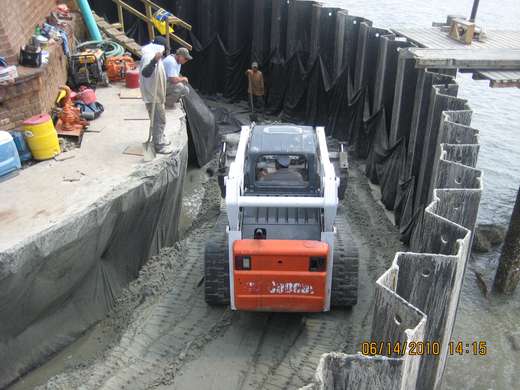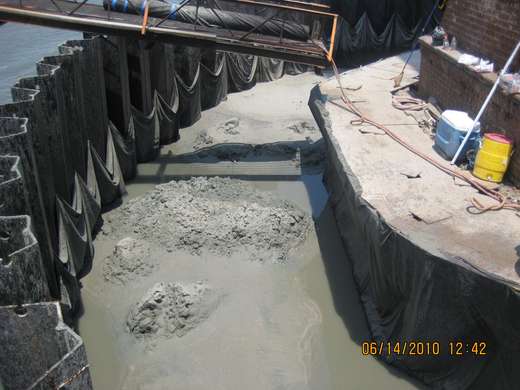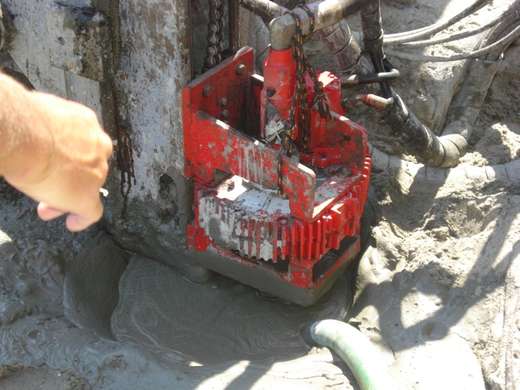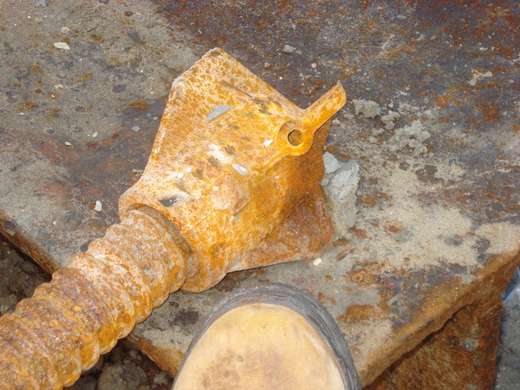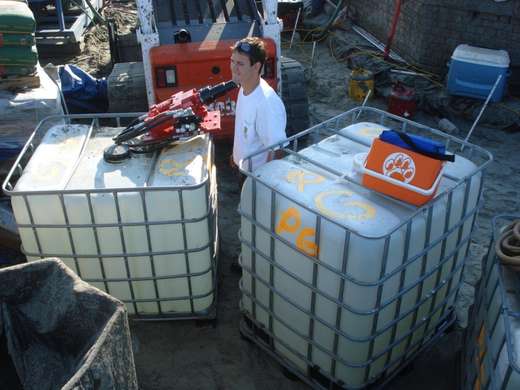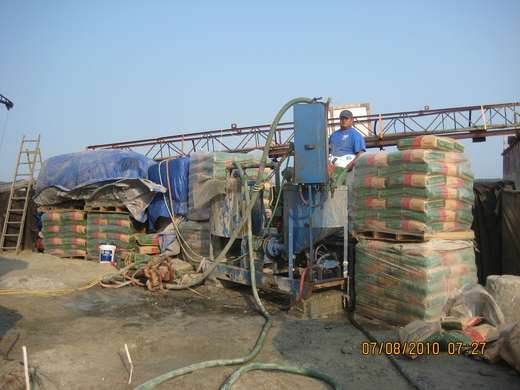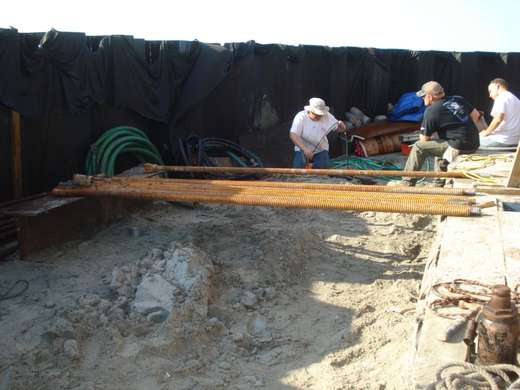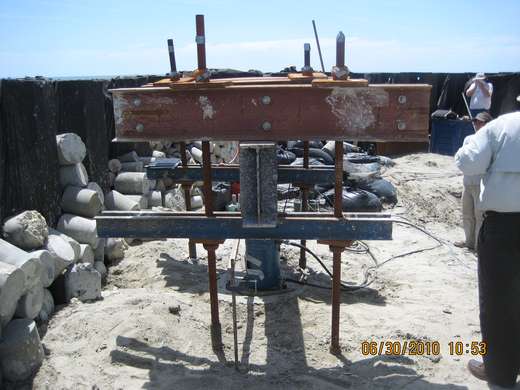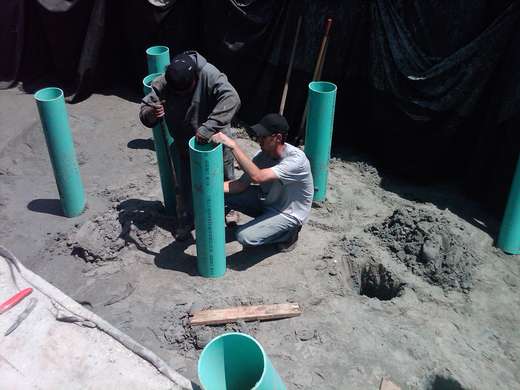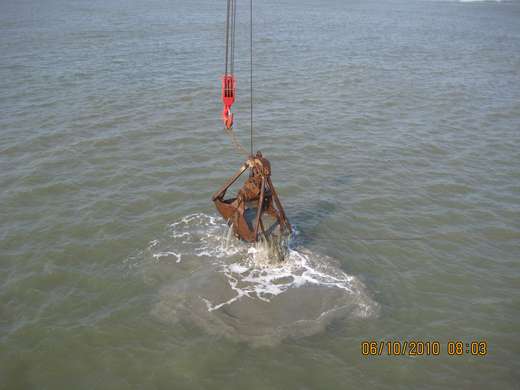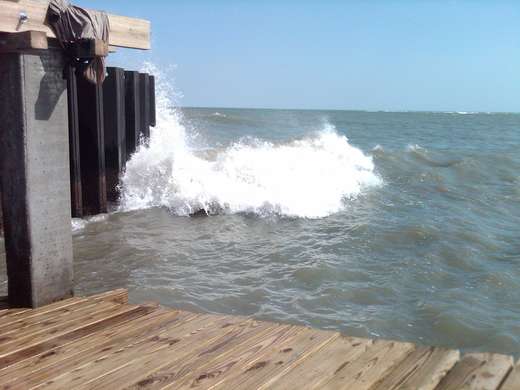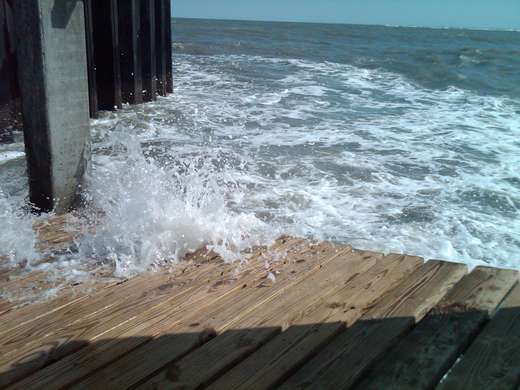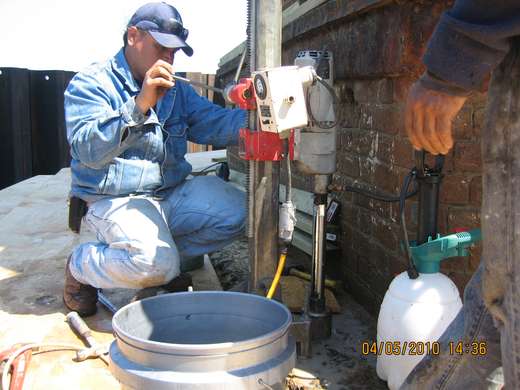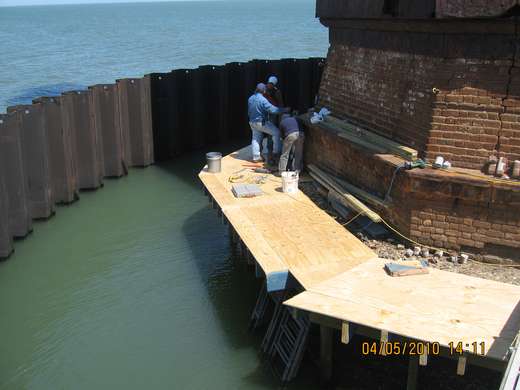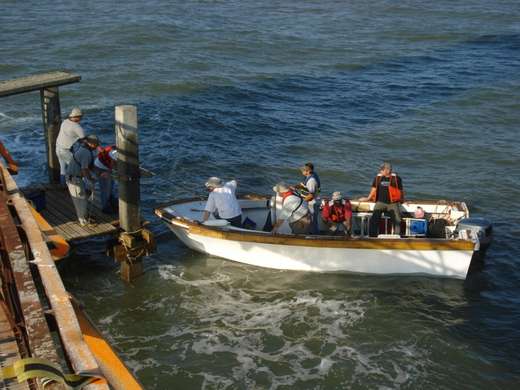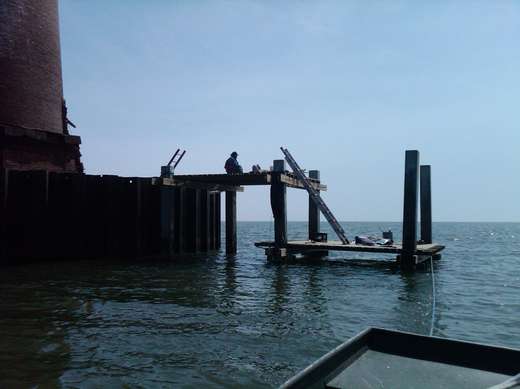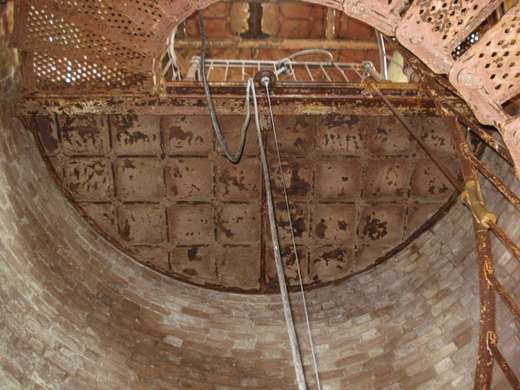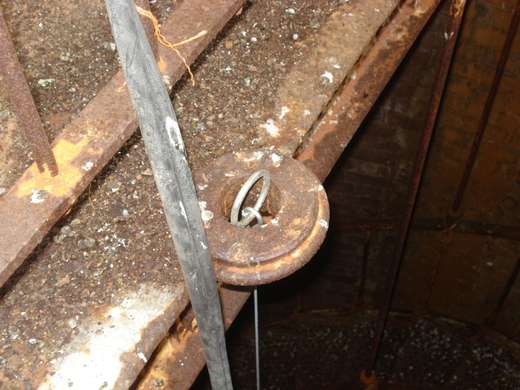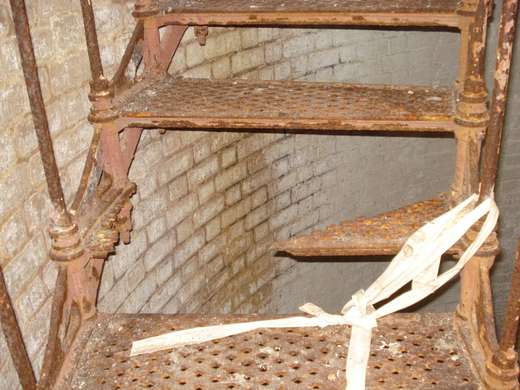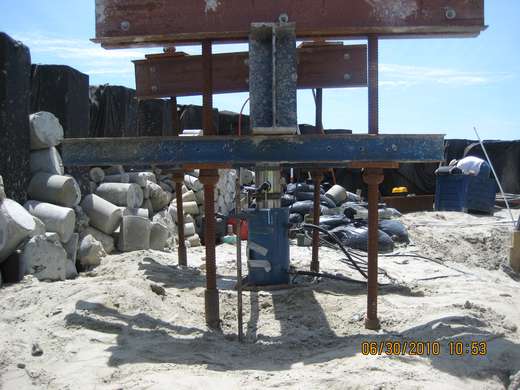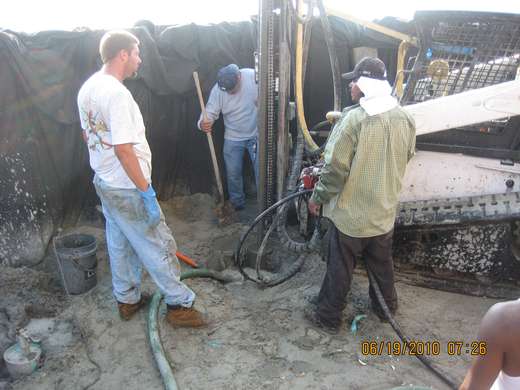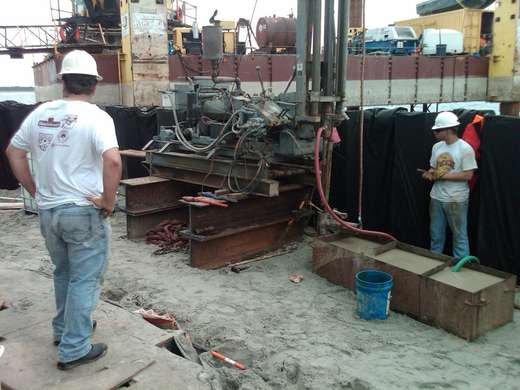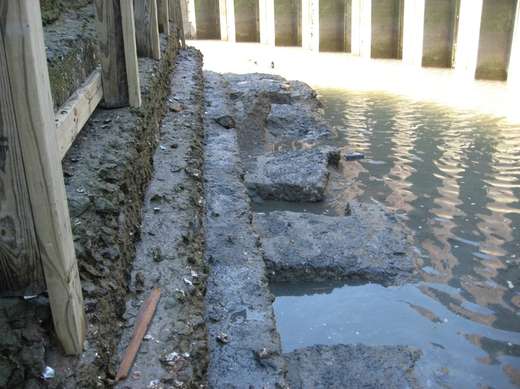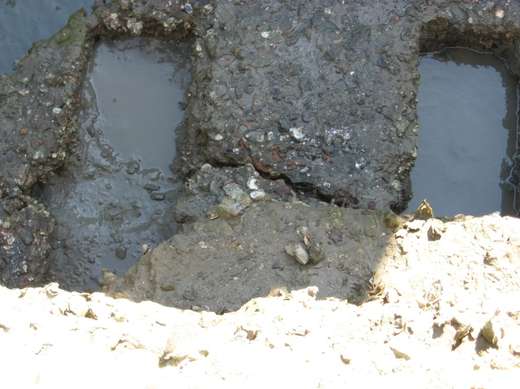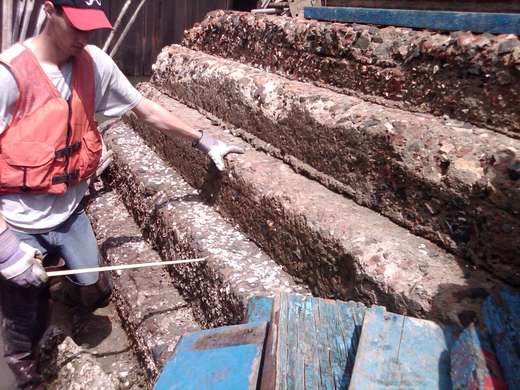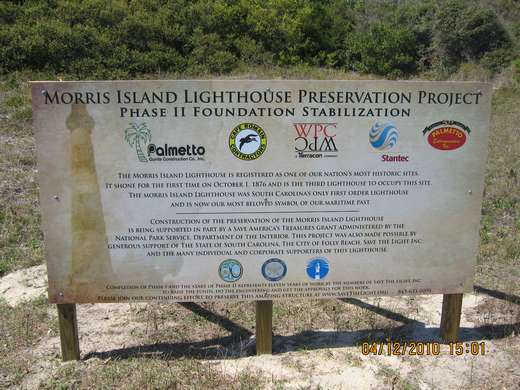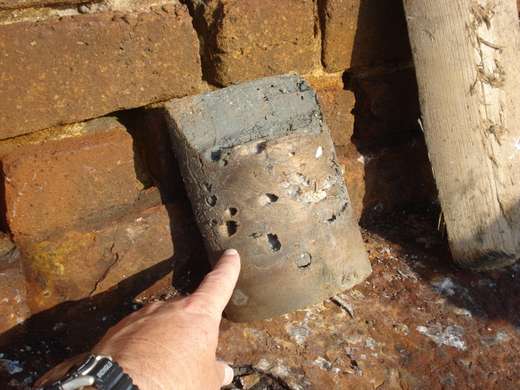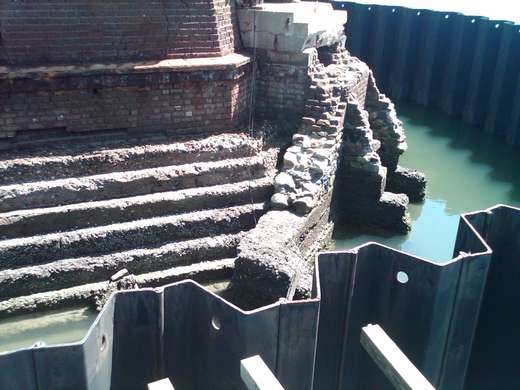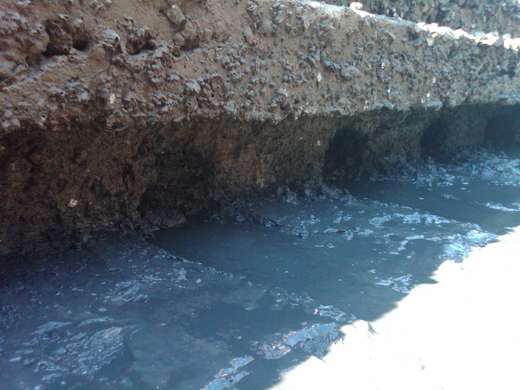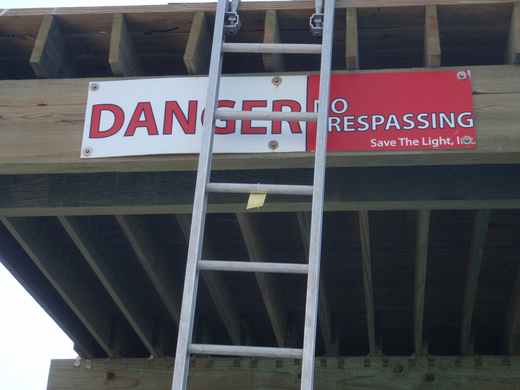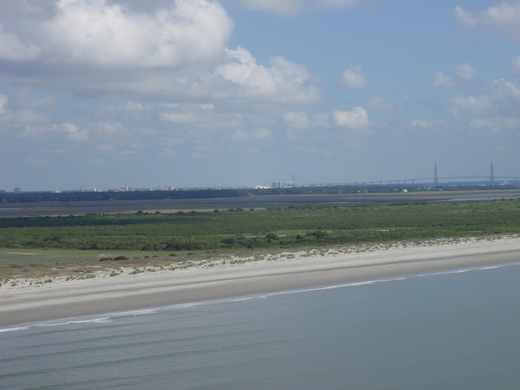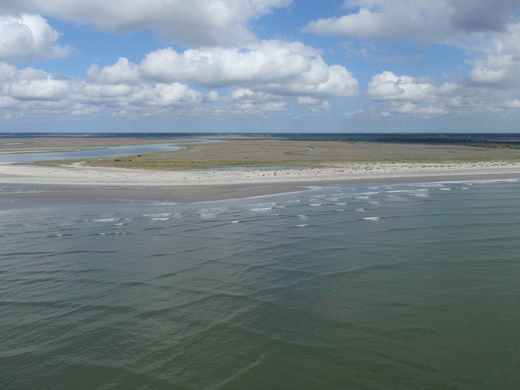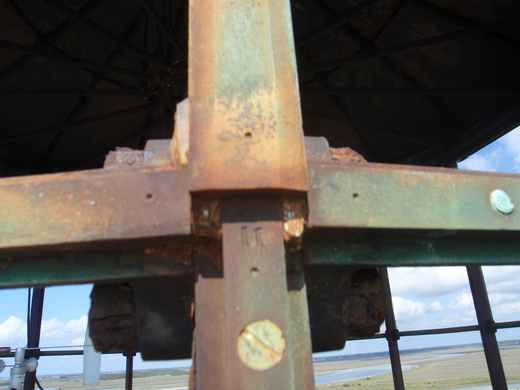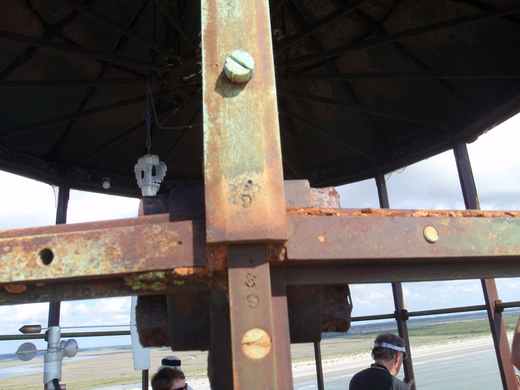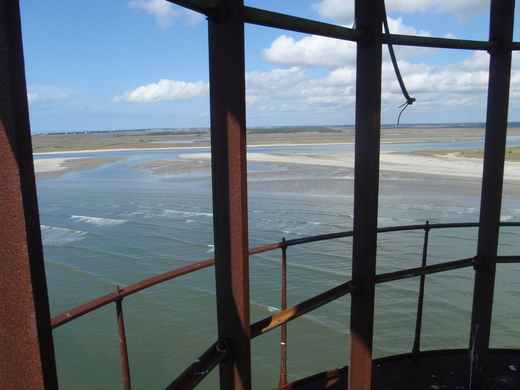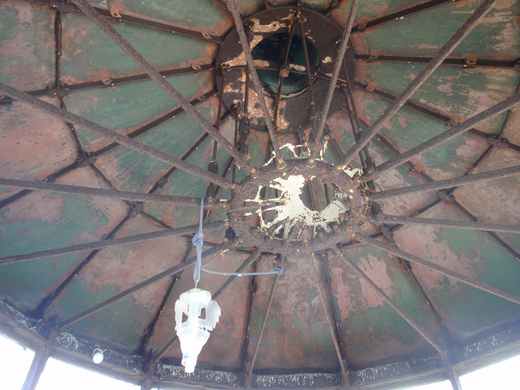A Letter from the Chairman
Dear Visitor,
Welcome to Save the Light, Inc.
We are glad you found this site and hope you will look around it while you are online and appreciate the historical significance of saving a lighthouse. That is exactly what we are doing right in front of your eyes. This is the third lighthouse to occupy this site, off the coast of Charleston, and this one was built just after the War Between the States. Construction started in 1872 and it took four years to build, operating the light for the first time on October 1, 1876. The tower leans slightly toward the NE and we believe it has slowly done so since the earthquake of 1886, along with the slow erosion of the very sand it sits on out in the ocean.
Save the Light is a grassroots, non-profit organization that was formed to save the Morris Island Lighthouse from being lost to the sea. We bought the lighthouse from the previous owner in 1999, turned around, and gave it to the State of South Carolina at the end of 2000 after working out a lease agreement by which Save the Light would transfer ownership to the State of South Carolina at no cost. Now all the citizens of the State own it. Save the Light retains all responsibility for planning, engineering, fundraising and execution of all aspects of the preservation of the Morris Island Lighthouse.
The project to save the lighthouse has moved along very nicely since 2000 when we became organized and established our goals. One of the first things we did was have the lighthouse listed on the National Register of Historic Places. We then began working with the US Army Corps of Engineers and a private engineering consultant to have the structure evaluated and the phases of restoration planned. Our immediate goal was to stabilize the foundation under the lighthouse. It was initially built on land, a quarter-mile from the ocean, and supported by 264 wooden timber piles. Over the years, the ocean gradually crept closer and closer to the lighthouse, until in 1939, a steel barrier was erected around it to stabilize the foundation. During that same time period, the lightkeepers’ house and other structures at the lighthouse were disassembled and moved off the island.
In 2007 we were able to fund an erosion protection project through the US Army Corps of Engineers. Taylor Brothers Marine Construction, from Beaufort, North Carolina, was awarded the construction project to build a steel cofferdam around the base of the tower and place stones outside it to prevent further erosion. This was our Phase I effort and was completed in March of 2008, with a cost just over $3 million.
Our efforts to save it continued and on March 1, 2010, we awarded our Phase II contract to Palmetto Gunite Construction Company, Ravenel, SC, for just under $2 million. This was a design/build contract to install new concrete piles under the foundation. This contract also filled the inside of the Phase I cofferdam with sand to help stabilize the foundation. The installation of 68 new micro-piles rated at 75 tons each was completed a month ahead of schedule. We have photos of the work posted on this site and encourage you to explore the site and read and appreciate the history of this very important lighthouse as we keep it around for future generations. All this work is exciting and will surely stabilize the tower so that we can continue to restore and preserve it in subsequent phases.
We have installed a camera at the end of Folly Beach so you can see live video of the lighthouse during daylight hours.
After 20 years of operation, we have raised over $6,000,000 in Federal, State, and local funds. We are still involved with fundraising and continue to solicit funds thru special events, fundraisers, product sales, grants, and other methods that help generate the money needed to continue our preservation efforts. There is much left to accomplish and we need members to join us and help to save this treasure of our coast. There are a lot of ways that you can help. Please start by becoming a member, renewing your membership, or making a Capital Campaign donation. To thank those of you who have a Morris Island license plate, we will give you a one-year free membership. See the details below.
We hope that you find the website enjoyable and informative and we hope that you will join us in our effort to save this irreplaceable part of our state and nation’s history.
Thank you for your support.
Bright Ariail, Chairman

